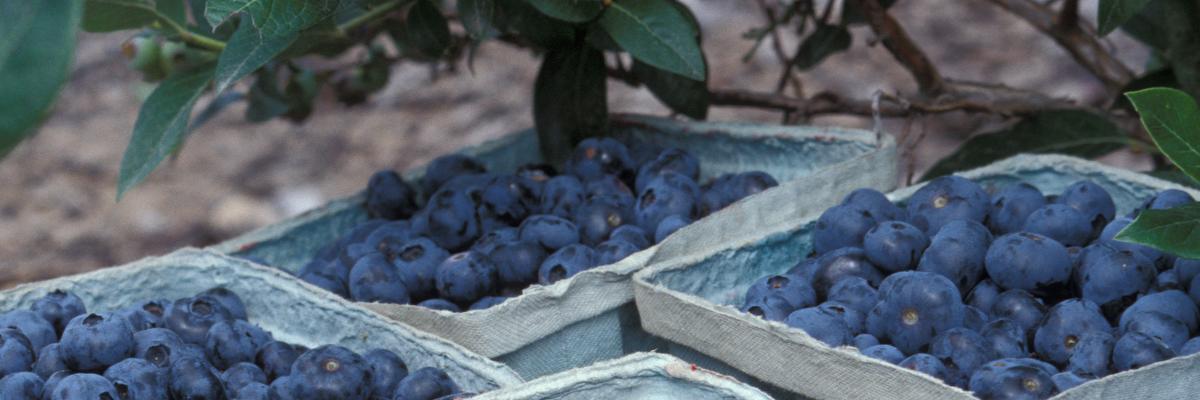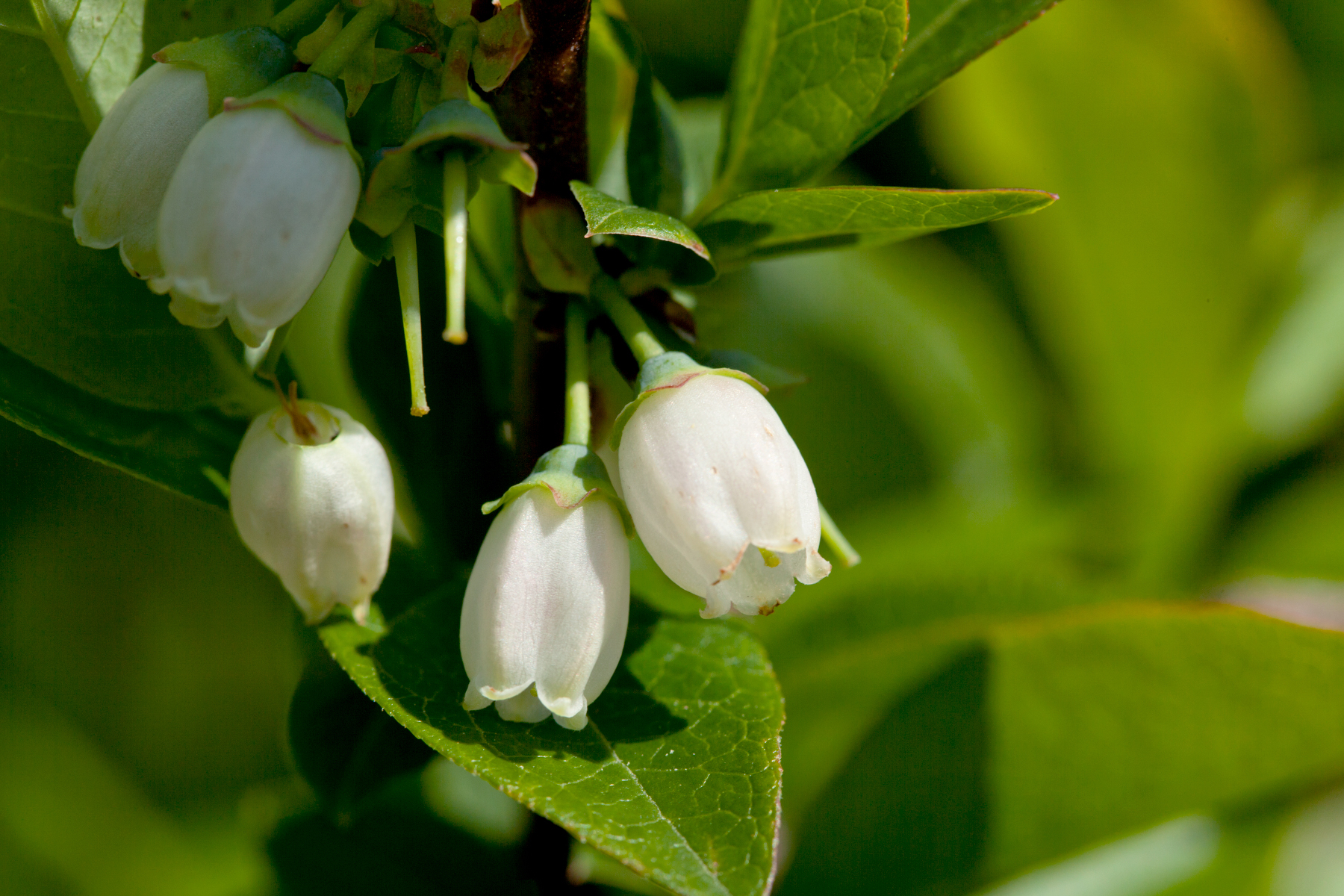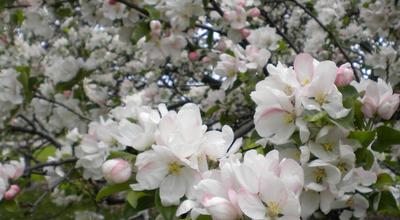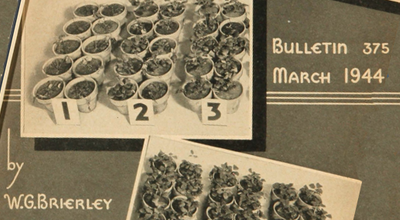A blueberry for every climate
There are various types of blueberry bushes that grow best in different regions. The well-known high bush blueberry (Vaccinium corymbosum) is the most commonly grown for large scale production, and is most likely the type of plant that produced the blueberries you buy at the grocery store. There's the diminutive low bush blueberry (Vaccinium angustifolium), famously native to Maine and similar regions. Then there's the large rabbiteye blueberry (Vaccinium ashei) that is common in the South and can grow up to 15 feet tall. In the Upper Midwest we have our own type called the the half high blueberry, which is a cross between the low bush and high bush. Many cultivars of the half high bluberries were specially bred for this climate by the University of Minnesota fruit breeding program.
Soil pH is key
The number one thing to know about growing blueberries is the plant's requirement for acidic soil, and that means soil with a low pH, between 4.0 - 5.5. In fact, every plant in the Ericaceae family has this same requirement. Think azalea, rhododendron, cranberry, lingonberry: these are all related and all require the same acidic soil. Why is acidic soil so important for these plants? It has to do with nutrients and the plant's ability to absorb them. If you plant blueberries in the neutral soil that most garden plants prefer, they cannot absorb certain crucial nutrients and they will struggle to survive.
What's the best way to know if your soil is right for blueberries? A soil test. Chances are, in most areas of the state you'll need to do a little work to get your soil right for growing blueberries. But don't let that deter you. It's worth the effort!
Bumblebees love them!
Have you ever seen a blueberry flower? It is a beautiful little pinkish-white flower that has a unique bell shape. The flowers have sweet nectar and nutritious pollen that many insects love, including honeybees and native bees. But the bumblebee is a perfect pollinating partner for these flowers. When a bumblebee visits a flower while foraging, it vibrates its body to release the pollen from the anthers. The pollen sprinkles down onto their bodies. This is called sonication or buzz pollination. When a bumblebee visits another flower, some of that pollen is transferred to the pistil and we have cross-pollination!
Getting started with blueberries
We have some great information to get you started on growing blueberries, whether you want to grow a couple plants in your backyard or you are dreaming of growing an acre's worth. You'll find info on soil pH and ways to amend your soil. You'll discover the cultivars developed by the University of Minnesota that are perfectly suited to this region, and countless tips to manage your plants for years of harvests. Here are some of our favorite links to info on growing blueberries.
Blueberries for home landscapes is a great resource for home gardeners.
Commercial blueberry production in Minnesota and Wisconsin has info geared toward larger scale production.
Modifying soil pH has some great tips for acidifying your soil.




